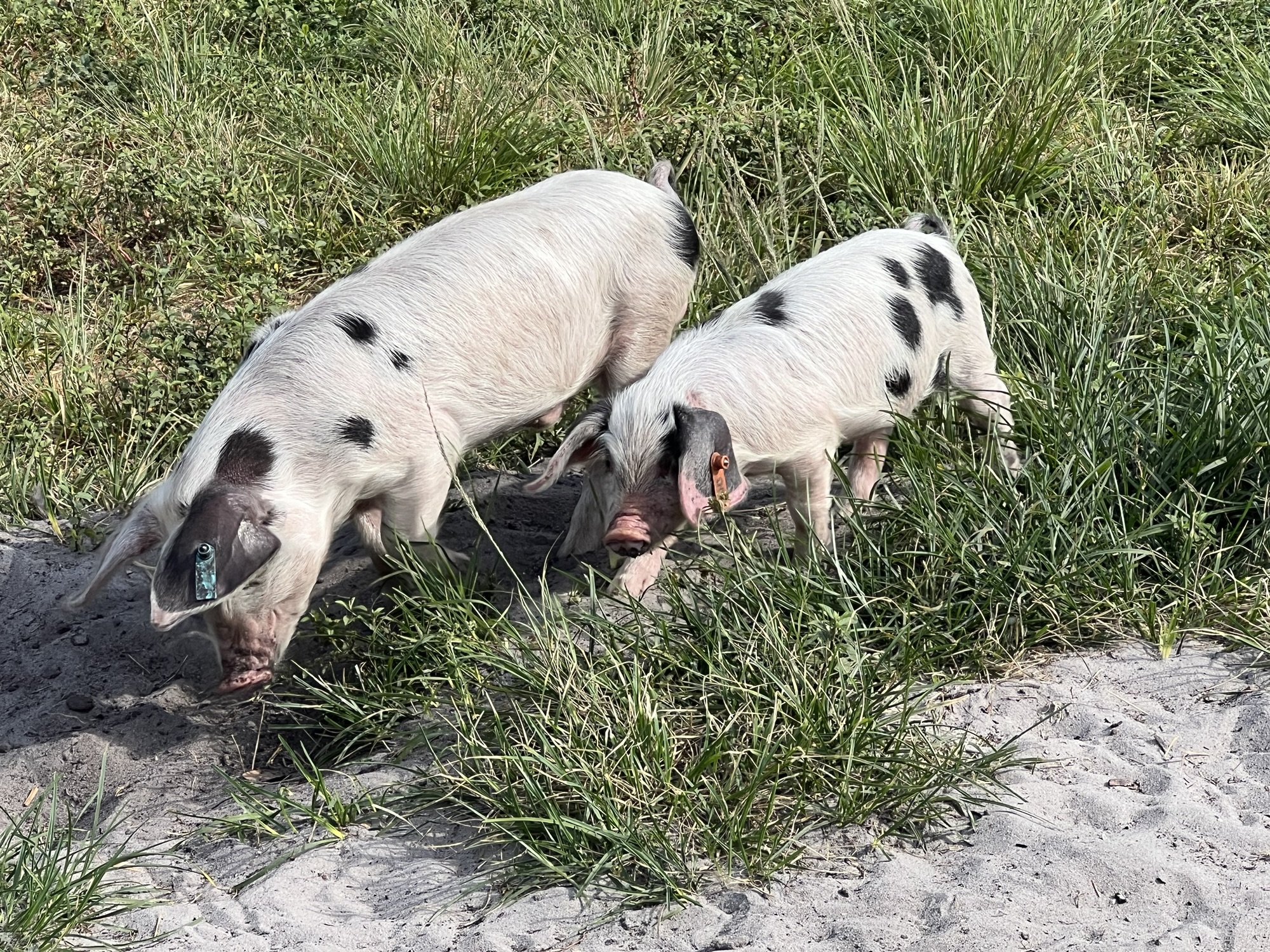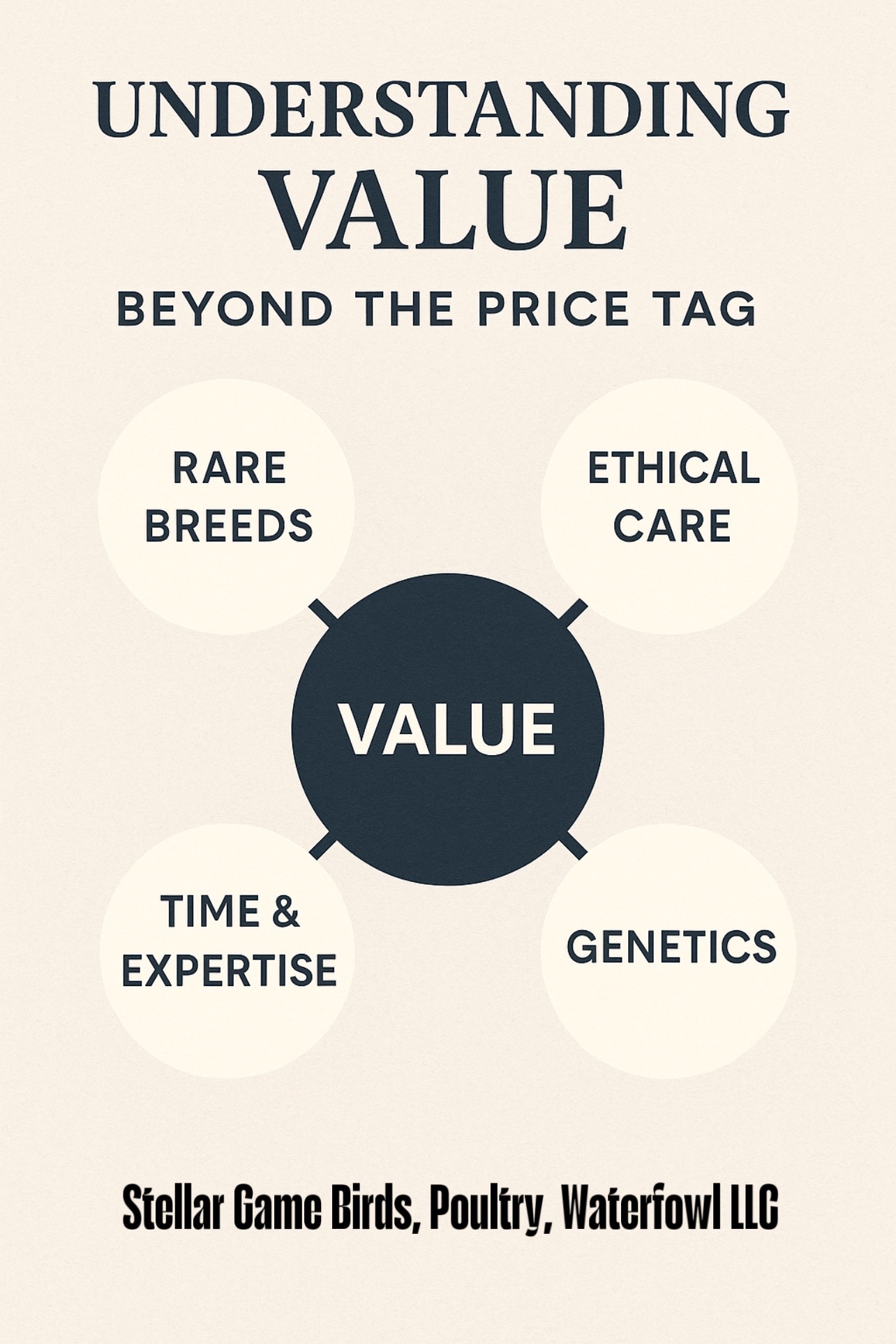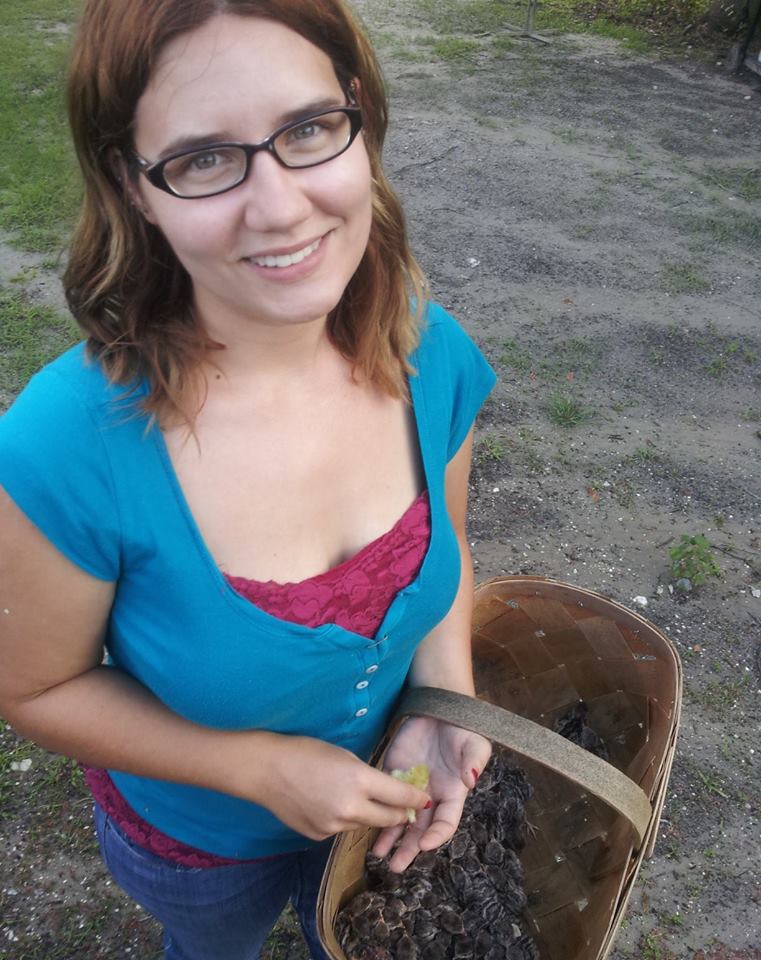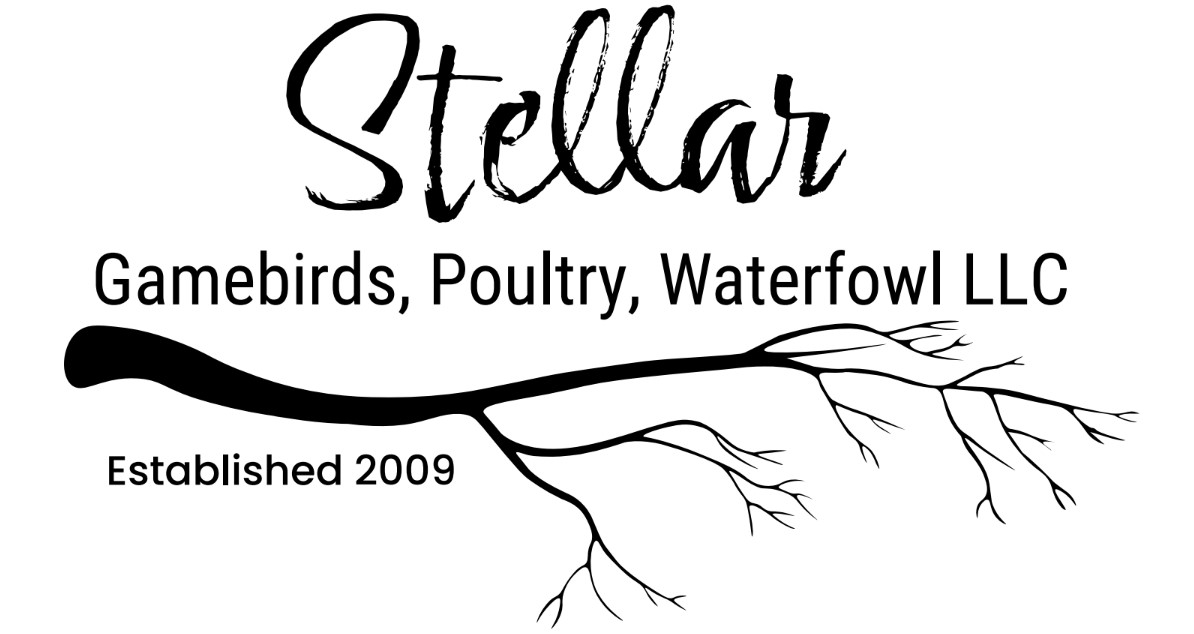As the rains roll in and humidity rises, backyard poultry keepers begin facing one of the most common seasonal health issues: fowl pox. While it can be unsettling to discover scabs, wheezing, or strange symptoms in your flock, it’s important to understand that this is not a death sentence—and, in most cases, fowl pox can be managed with patience, immune support, and basic care.
Each season brings new poultry owners into the fold, and that means it’s worth repeating this essential message. When birds fall ill, a quick internet search often leads people to frightening possibilities like Newcastle disease or avian influenza. While vigilance is vital, the most likely culprit during rainy seasons in many parts of the country is actually fowl pox—a slow-moving, mosquito-transmitted virus.
What is Fowl Pox?
Fowl pox is a contagious viral disease caused by the avian poxvirus, which affects chickens, turkeys, quail, and many other bird species. It is primarily spread by mosquitoes, especially during warm, wet seasons when stagnant water provides perfect breeding grounds. It can also be transmitted through direct contact with infected birds or contaminated surfaces, feeders, or waterers.
There are two recognized forms of the disease:
Dry Pox
This is the most common and least dangerous form. It manifests as:
- Scabs or wart-like lesions on unfeathered areas (comb, wattles, eyelids, legs)
- Swelling around the eyes or beak
- Mild discomfort but usually a full recovery
These scabs will eventually dry and fall off, often taking 2–4 weeks. While unsightly, they are typically not life-threatening.
Wet Pox
This is the more serious form. It appears as:
- Yellowish lesions inside the mouth, throat, windpipe, and upper respiratory tract
- Difficulty breathing, eating, or drinking
- More likely to cause mortality, especially in young or already weak birds
Birds can have one or both forms, and supportive care is crucial for their survival in the case of wet pox.
Symptoms to Watch For
- Raised, crusty lesions or scabs
- Facial swelling or swelling around the eyes
- Labored breathing or wheezing
- Lethargy or decreased activity
- Reduced appetite or difficulty eating
- Decline in egg production
How Long Does It Last?
In most cases, fowl pox runs its course over two to three weeks, although recovery can take longer if secondary infections develop. The virus typically spreads slowly through a flock and affects birds individually rather than all at once.
Is it Treatable?
There is no direct cure for the virus itself, and antibiotics do not affect viruses. However, antibiotics may be prescribed to prevent or treat secondary bacterial infections, especially if lesions become infected or birds develop pneumonia-like symptoms.
Can Birds Recover?
Yes! In fact, the vast majority of birds survive dry fowl pox and go on to live healthy, productive lives. Even with wet pox, prompt supportive care, improved nutrition, and clean environments can drastically increase survival odds.
Better yet, once a bird contracts and survives fowl pox, it develops lifelong immunity to that strain—one reason some small-scale poultry keepers opt not to vaccinate.
Prevention Through Immune Support and Environment
While there is a vaccine available, it is not always practical for smaller flocks, and many poultry keepers prefer to take a holistic, proactive approach to immune health.
Two excellent, natural tools to support flock immunity during high-risk seasons are vitamin C and oregano.
Vitamin C for Poultry
Vitamin C helps boost overall immune function and can reduce inflammation and stress responses.
Dosage: Crush one 500 mg tablet and add it to 1 quart to 1 gallon of drinking water, depending on the size of your flock.
Liquid Vitamin C is an option if you don’t want to crush the tablets.
Vitamin C is water-soluble; any excess will be expelled in droppings, making it very safe for poultry when used appropriately.
Vitamin C does not prevent infection but may reduce symptom severity and support faster recovery. It’s especially helpful during stressful events such as extreme weather, molting, or transportation.
Oregano: Nature’s Antibiotic
Oregano is one of the most powerful natural antimicrobials available. It offers antiviral, antibacterial, antifungal, and anti-inflammatory properties.
- Fresh or dried oregano can be added to feed or given in herb bundles hung in the coop.
- Oregano essential oil (livestock-safe) can be added to water following product directions.
- Oregano powders or supplements are also available and easy to mix with feed.
Studies in commercial poultry operations have shown that oregano oil can significantly reduce mortality and improve growth rates by keeping the immune system strong.
When used consistently, oregano can:
- Support respiratory health
- Reduce parasite and pathogen load
- Improve gut flora and digestion
Combining oregano and vitamin C provides powerful support for birds battling fowl pox or recovering from other viral challenges.
Topical Iodine for Fowl Pox Scabs
While fowl pox typically resolves on its own, applying iodine to visible scabs can help prevent secondary infections and promote healing. This is especially helpful if the scabs are in areas prone to injury or contamination (like the face or legs).
How to apply:
- Use povidone-iodine (Betadine) solution, not tincture of iodine (which can be too harsh).
- Dab a small amount directly on the scabs using a cotton swab once a day.
- Avoid scrubbing or picking at the lesions—this can cause pain and worsen the infection.
Important Note: This is only recommended for dry pox. If your bird shows signs of wet pox (lesions in the mouth or throat), do not attempt to treat with iodine—supportive care and possibly veterinary input are necessary.
Mosquito Control and Biosecurity Tips
Fowl pox outbreaks often spike after periods of heavy rain. To limit risk:
- Eliminate all standing water (puddles, buckets, clogged gutters).
- Add mosquito netting or screening to open-air coops.
- Use natural repellents around the coop (citronella, garlic spray, or lemongrass).
- Consider adding mosquitofish or ducks to water areas to reduce larvae.
- Disinfect shared tools, feeders, and waterers regularly.
Should I Vaccinate My Birds?
Vaccination is a personal decision. If your birds are being shown, sold, or transported often, it may be worthwhile. If you’re in an area with frequent outbreaks or a large flock with fragile genetics (e.g., inbred lines or chicks), consider vaccinating.
The vaccine is live-virus and must be applied correctly (usually via wing web stab). Consult your local vet or extension office for guidance.
Summary: Best Practices During Fowl Pox Season
- Know the signs of both dry and wet pox
- Offer vitamin C and oregano for immune support
Maintain a clean, dry environment and control mosquitoes - Separate symptomatic birds when possible
Do not panic—most birds recover fully and become immune - Consult a vet if birds show signs of wet pox or stop eating/drinking
In Closing
Fowl pox is a manageable and common seasonal illness in poultry, not a sign of poor flock care or doom. With knowledge, observation, and immune support, your birds can weather this storm and emerge stronger than before.
So next time the rains roll in and the mosquitoes follow, don’t panic. Just remember: a little prevention, a dose of vitamin C, a sprinkle of oregano, and a lot of patience will go a long way in keeping your flock healthy and resilient.

Make sure to visit www.stellargamebirds.net to learn more about us and what we do!










Recent Comments